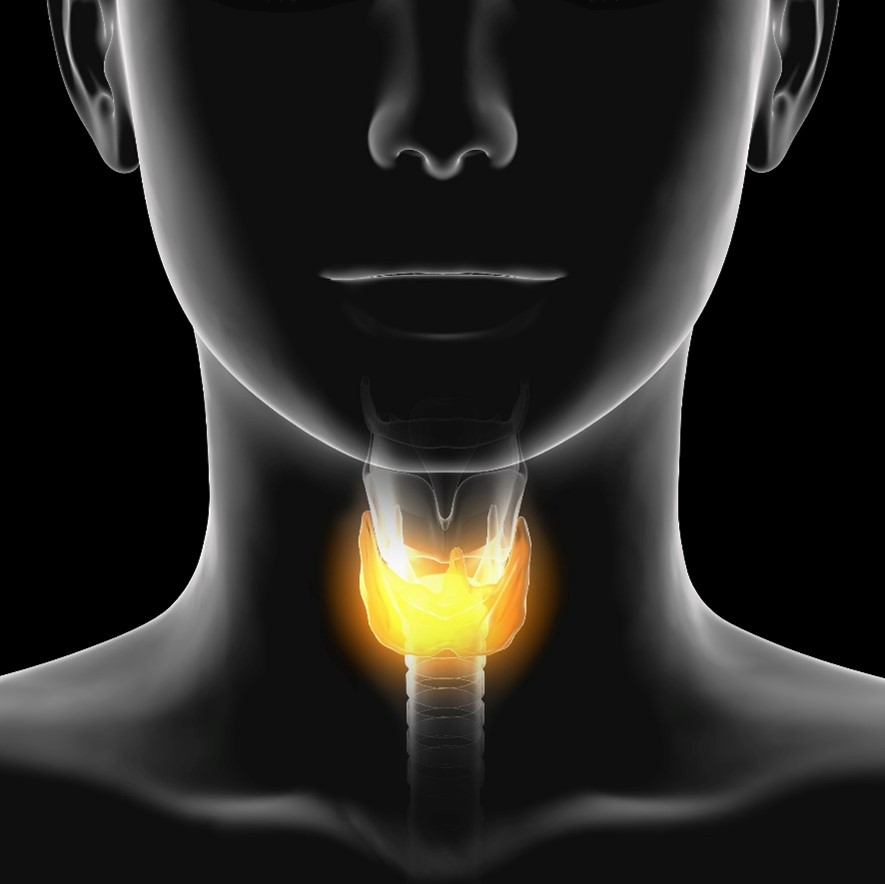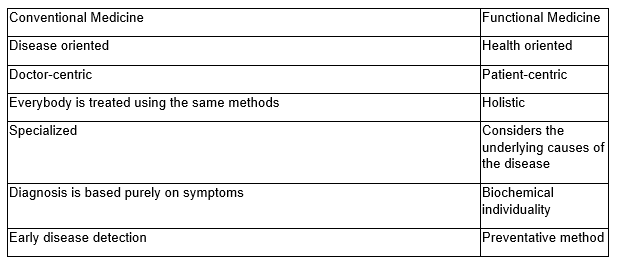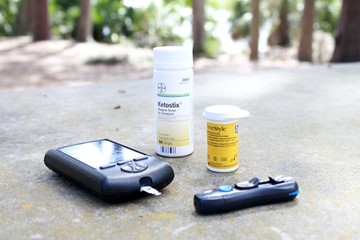
It’s one of the most common things a doctor will say during every visit: “It would help to lose some weight and get more exercise.”
It’s advice that’s particularly important for those with type 2 diabetes. Over 37 million Americans — 11% of the entire population — have diabetes, and as many as 95% of those millions have type 2. It can be a scary diagnosis at first; type 2 diabetes can lead to other serious conditions like kidney and heart disease.
While there is still no cure for type 2 diabetes, Dr. John Heary explains that committing to a few essential lifestyle changes can make all the difference in maintaining a good quality of life for a very long time.
Diabetes in Detail
Type 2 diabetes is characterized by insulin resistance, or the inability of the body’s cells to respond normally to the hormone insulin. Insulin, produced by the pancreas, triggers cells to turn blood sugar into vital energy.
Because of this, the pancreas will try to make more insulin but typically not enough for proper energy regulation and raising the body’s blood sugar to dangerous levels.
Type 2 is usually seen in people 45 and older and symptoms can develop for years and last for a long time unrecognized. Blood sugar needs to be checked regularly and kept at targeted levels and the eyes, skin, and feet should be monitored for any issues.
Management
Type 2 diabetes is one of the few serious medical conditions that is managed almost entirely by the person with the condition every day to avoid complications. Along with checking blood sugar levels, cholesterol levels, and blood pressure should regularly be taken.
Getting enough sleep and practicing relaxation techniques such as yoga and meditation appear to make managing diabetes easier. But the two factors thought to make the most difference in daily diabetes care are maintaining a healthy diet and exercising.

The Importance of Diet in Life with Type 2 Diabetes
Developing a healthy eating plan goes hand-in-hand with blood sugar management for type 2 diabetes. A good diet doesn’t always reverse the disease, but it often leads to healthier blood sugar levels.
However, losing weight has led to living diabetes-free for some, especially those who have had the condition for a short amount of time and do not rely on supplementary insulin. It appears to require a relatively large weight loss, around 30 to 50 pounds.
Those with type 2 diabetes who also lost weight regularly show lower levels of fat in the pancreas and liver, helping pancreatic cells release insulin more effectively.
The Role of Exercise
Some form of exercise every day is generally good for the body and mind, but resistance training and aerobic exercises are particularly helpful in lowering blood and potentially preventing diabetes.
Getting at least 150 minutes a week of either moderate or intense physical activity is recommended by the American Diabetes Association, along with a few resistance training sessions a week.
It’s not quite as daunting as it appears. It’s perfectly fine to break up long aerobic activity sessions into short, 10-minute bursts, and a day of rest each week can help prevent injuries or burnout. Any exercise plan should be approved by a healthcare provider, especially if the goal is improving blood sugar levels.



















